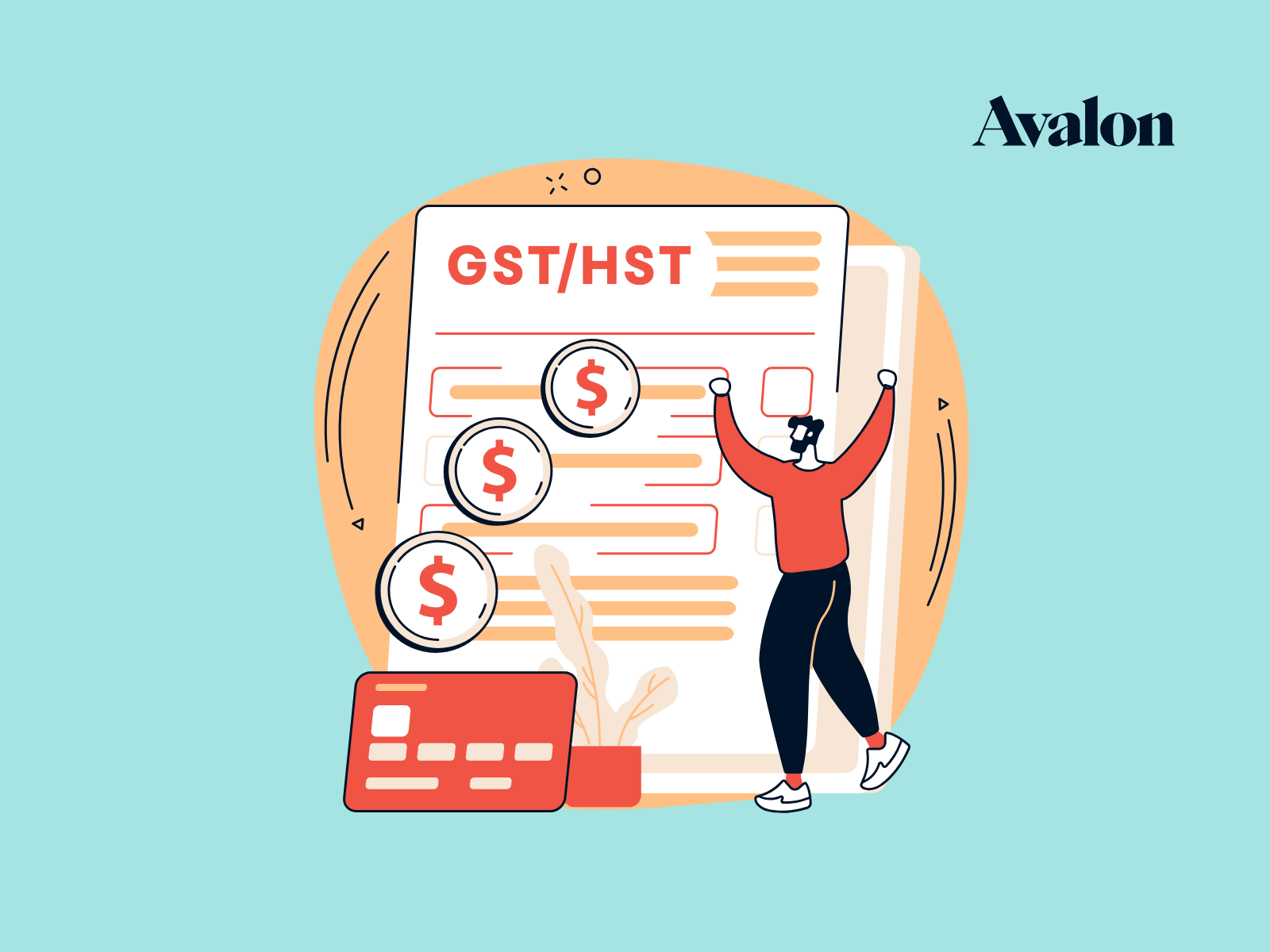What is a Chart of Accounts in Accounting?
If you’ve made it to this page, then you may be wondering… ”What is a Chart of Accounts?" or "What do the account numbers even mean?"
Well fret not, because today is your lucky day! Let me be your guide in this mysterious land.
Simply put, your Chart of Accounts (COA) is a listing of the financial accounts in your accounting system.
Simply put, your Chart of Accounts (COA) is a listing of the financial accounts in your accounting system.
You can consider the COA as the “backbone” of your accounting system as all transactions will be categorized under one of these accounts.
For example, you might record an annual credit card fee under the “Bank Charges” operating expense account.
Your Chart of Accounts is customizable and should allow you to record the transactions of your business in a way that makes sense to you. Every business creates their own COA based on how the business is operated, so no two COA are exactly the same.
Avalon’s Approach to a Basic Chart of Accounts
Here’s how we like to set it up at Avalon Accounting. In terms of the numbering system, we like to use a four digit numbering system, ranging from the 1000s all the way to the 9000s.
Balance Sheet Accounts (1000 - 3999)
The balance in these accounts remain year-over year.
- ‘1000 - 1500’ Current Assets - These include all accounts that the company owns and expects to use within the next 12 months such as cash, accounts receivable, and inventory.
- ‘1500-1999’ Long-term Assets - These include assets that are expected to last longer than 12 months and include items such as furniture and equipment, vehicles, buildings and intangible assets.
- ‘2000 - 2499’ Current Liabilities - Similar to the current assets above, these accounts include obligations and amounts the company expects to pay within the next 12 months such as accounts payable, credit cards and other short-term liabilities.
- ‘2500 - 2999’ Long-term Liabilities - These include liabilities that are expected to remain longer than 12 months like bank loans or shareholder loan accounts.
- ‘3000 - 3999’ Equity - These accounts track the amount that owners have invested in /withdrawn from the business and the accumulated retained earnings of the business. Accounts that are typically shown here are common shares, dividend paid and retained earnings.
Income Statement (4000-9999)
These accounts are cleared out and reset to nil at the end of each fiscal year.
- ‘4000 - 4999’ Revenue - Includes accounts that track sales of goods or services as well as other revenue sources for the business. etc. Design revenue, product revenue, interest revenue and rent revenue.
- ‘5000 - 5999’ Cost of Sales - Direct costs accounts are listed under the ‘5000’ level account codes. These are expenses that can be directly traced to the revenue being generated. Typical accounts include Cost of Goods Sold (COGS), shipping costs, merchant transaction fees and subcontractor costs.
- ‘6000 - 6999’ Operating Expenses - This section includes expenses related to running the businesses that aren’t directly involved in revenue generating activities. These costs include accounts such as accounting, legal, rent, and office expenses.
- ‘7000 - 7999’ System Accounts - These accounts are Xero system accounts that we rarely use. (and you shouldn’t either!)
- ‘8000 - 8999’ Income Tax - The only account we have at the ‘8000’ level is income tax expense.
It’s not necessary to set up your chart of accounts in this method, but it’s how we like to keep things organized under our bookkeeping system.

Customizing your COA
You’ll want to tweak the accounts in your chart to suit your needs and for more clarity. One thing I’d like to stress before you go around adding a new account is to ask yourself if it is really necessary?!?
As my colleague Samantha often says, does it spark joy?
Oftentimes, less is more and one of the worst feelings is to end up having a bloated COA containing a bunch of accounts that are used once and never again.
HOWEVER... with that being said here are some common examples of when you might want to add an extra account:
- Tracking Revenue Streams - You are a manufacturing company and you have just launched a new product line. All product sales are currently recorded under one revenue account. You are interested in knowing how well each line is performing - In this case you would want to create a new ‘4000’ level revenueaccount to track the performance of the new product line.
- Break-down Labour Costs - You operate a consulting business and you want to see more details on wages paid to consultants versus administrative staff. You can create a new ‘5000’ or ‘6000’ level Wages account to split the wages into two separate accounts to view this information.
- Track Separate Owner Draws and Contributions - a new shareholder has joined your company and has lent a tidy sum of money to the business. - You create a new ‘2550’ Shareholder Loan - Name of Shareholderaccount to record their loan to the business.
- Separating Fixed Assets - You bought a new vehicle for the business - Create a ‘1600’ Vehicle Make Model Yearaccount and a ‘1605’ Accumulated Amortization Vehicle Make Model Year account to record the purchase and the amortization of the vehicle at the end of the fiscal year.
And that’s it! If you’ve stuck around for this long hopefully you’ve walked away from this article with a bit more knowledge and comfort about Chart of Accounts.












